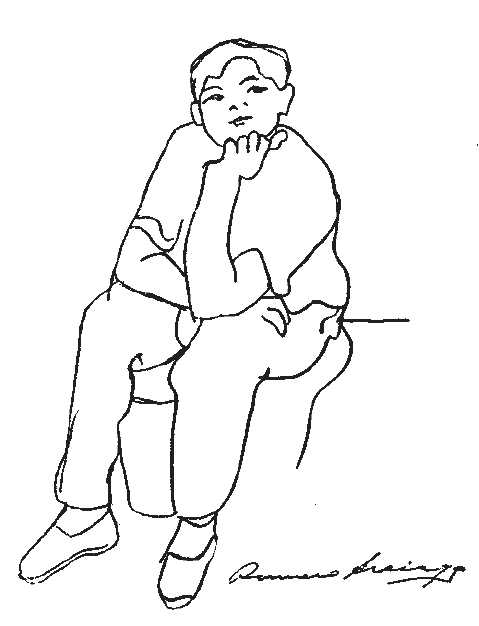4.4.7.1 The empty smile, by Francisco José Castellanos (1892 – 1920)

“The Empty Smile” was a text published in 1915 by Francisco José Castellanos. Although its thesis is political, it is wrapped in a philosophy of life that opens up to multiple interpretations. It places a fundamental value on “construction” as a way of life, the man who builds his time and shapes his reality, permanently, but not like Sisyphus. In this sense, it is the reverse of the myth and where the author’s optimism lies.
He proposes as an ideal of conduct: “Fight within oneself the intransigent being, the angry sensitivity; weave, higher than everything we do, and further away, in the inaccessible distance, the network of light in which yours and everyone’s converge, as in the same thought (…) raise as much as possible the joy and enthusiasm of that strength and that youth: the value of life.”
His conception of the collective and the individual, concurrent in the same course of human action, is also evident in the text; as is the author’s broad ideological range, his aim to overcome all antitheses (success versus failure, individual versus society, etc.), which sometimes results in language that is difficult to decipher, the ultimate meaning of which may not have been fully revealed.
As a prefiguration of his political thesis, the author refers to the sincerity of the Cuban people, their dedication; apparently in relation to their northern neighbor; but without explicit references, although his advice to “not abandon our estate, because we are incapable of preserving it, to the upstart who will eventually usurp it from us” is eloquent.
In the end, the “empty smile”, as a symbol, brings to light the theme of joking, although implicitly – in this sense it is significant that it was precisely Jorge Mañach, author of “Indagación del choteo”, who later rescued this text in “Revista de Avance” – the sometimes contagious laughter of childish roots, which is ultimately a mask of frustration when one has stopped “building”, in this context perhaps already with the meaning of fighting.
The text concludes with this phrase: “…to overthrow apparent values is to give life its legitimate values. And when you have demolished, and sunk, and cast down, what rises from the rubble will be yourselves.”
In it, we see how his worldview nullifies antitheses, in this case those given by the poles of “construction and destruction.” The political interpretation, anchored in numerous allusions, can extend from the change of values to the change of system, a transmutation that connects with the innovative efforts of poets such as Regino, Eladio Boti, and José Manuel Poveda, who still lacked a clear ideological definition.








